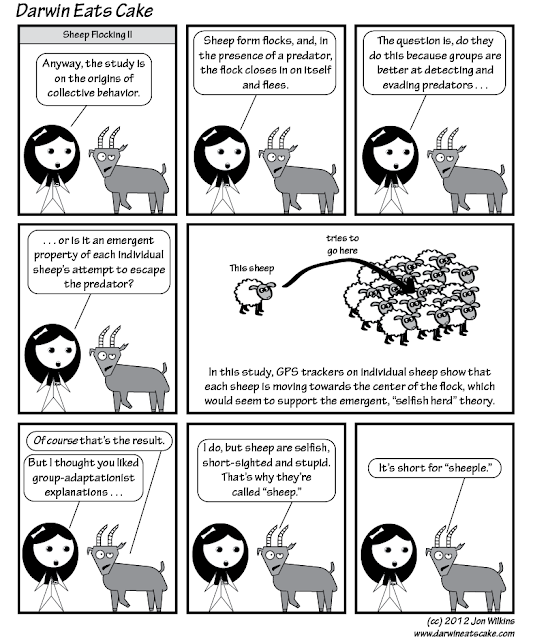So, as regular readers already know, I have recently founded a nonprofit institute that is dedicated to supporting and promoting independent scholarship — that is, scholarly research outside of the standard system of research universities and government laboratories.
(Sounds cool, right? Want to know more? Drop by the webpage of the Ronin Institute.)
Why do we need to promote independent scholarship? Well, there are a lot of great reasons, and they’re the topic of my new series: The case for independent scholarship, where I’m going to break those reasons down for you. But, for those of you who can’t wait to read about all of those compelling reasons in detail, here’s a précis of the coming argument. Whether you are a scholar yourself, a financial supporter of scholarship, or just someone who believes that things should be done better in the future than in the past, here is why you should be looking beyond the standard academic model.
- Independent scholarship is cheaper and more efficient. Research universities and government laboratories support huge, bureaucratic infrastructures that must be fed by siphoning funding away from research.
- Independent scholarship is more democratic. Along with the bureaucracy of large research institutions comes hierarchical structures that can limit academic freedom.
- Independent scholarship is more humane. The independent-scholarship model avoids many of the problems of the traditional academic lifestyle, which is often at odds with other goals, such as being an involved parent. Independent scholars can set their own hours to accommodate other priorities, and are not as geographically restricted as traditional academics — thus avoiding the academic “two-body problem.”
- Independent scholarship is more transdisciplinary. The departmental structure in universities — or whatever bureaucratic structure exists in a particular institution — tends to create artificial barriers to exploration and collaboration. Some institutions have taken steps to encourage interdisciplinary research, but the independent scholar is naturally situated to pursue the most interesting questions without any artificial constraints.
- Independent scholarship can exploit untapped intellectual resources. In the United States alone, there are tens of thousands of people with PhDs who are not making use of their PhD training. The independent-scholarship model allows people with training in and passion for a subject to contribute to their field, even if only in a part-time capacity.
- Independent scholarship does not need to be profit driven. Increasingly, hiring and tenure decisions at universities are driven by funding considerations. Independent scholarship can be driven by important questions, rather than by the need to develop and justify large research budgets.
- Independent scholarship honors donor intent. For philanthropists who support research, donations to universities are always problematic, since the fungibility of funds means that donations rarely go 100% to support the program(s) that the donor cares about. Independent scholarship can be structure in a scalable way, so that donations translate directly to increased support for those research projects that are most important to the donor.
- Independent scholarship is more open. The independent-scholarship model aims to break down the distinctions between the ivory tower of academia and the broader population of intelligent, educated individuals who are eager and able to contribute to scholarly discourse.










